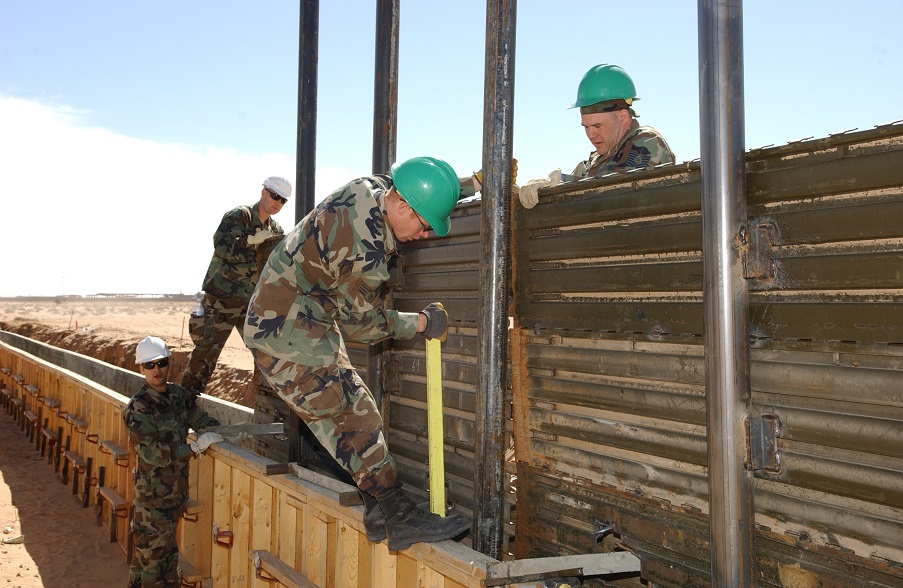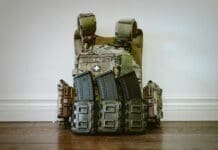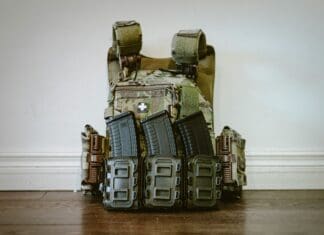
This post is also available in:
 עברית (Hebrew)
עברית (Hebrew)
A border security field test illustrated the potential efficacy of innovative airborne and terrestrial tactical surveillance technologies designed to provide portable situational awareness capabilities with a hybrid communications network.
The test conducted in Montana was part of the Homeland Security Enterprise (HSE) efforts to improve security vulnerabilities along the US/Canadian border, the US Department of Homeland Security (DHS) Science and Technology Directorate (S&T) and the Border Patrol (USBP).
The area lacks persistent surveillance, inadequate communications links to share relevant tactical data, and unavailability of secure mobile devices to view this data.
The tested network connects commercial cellular, local VHF mesh and agent-portable satellite communications devices along the remote U.S./Canadian border and improves U.S. Custom and Border Protection’s (CBP) ability to track and prevent incursions in these vulnerable areas.
S&T and USBP brought in agents and vehicles to simulate illegal border crossing activities. They then used a wide range of technologies, including a man-portable surveillance system, autonomous surveillance towers, short-range surveillance sensors, small unmanned aerial systems (SUAS), team awareness kit (TAK), satellite communications and mesh communications.
The test was successful, sensor alerts were received in real time, covered ground, improved response times, communicated with each other effectively, and achieved situational awareness across nearly 120 square miles of coverage, including remote areas where there was previously no cellular or radio reception, according to rrmediagroup.com.
“When it comes to border security, technology plays a very significant role,” said DHS S&T Program Manager Shawn McDonald. “The demonstrations at the Havre Sector Field Experiment showed that communications tools like man-portable surveillance, autonomous surveillance towers, short-range surveillance sensors, SUAS, TAK and satellite communications are both cost and operationally effective. Equally important, they are agile and scalable and serve as significant force multipliers for our agents along the northern border. Once these tools are deployed on a wider scale, our agents will be able to expand all their communications networks, simultaneously monitor remote lower-priority areas of the border while physically monitoring high-priority areas, and immediately and effectively deploy resources to areas that need them most.”
























